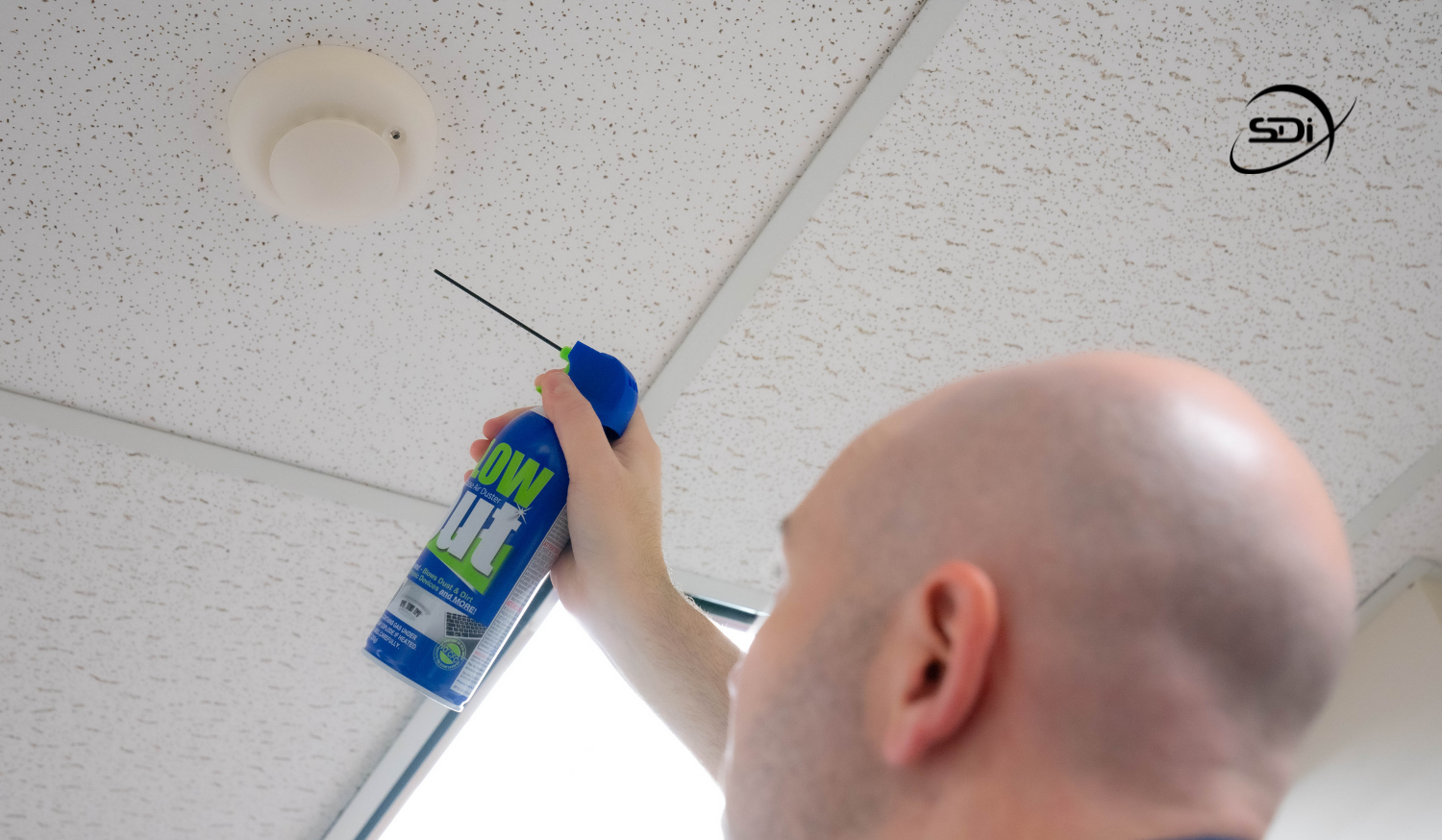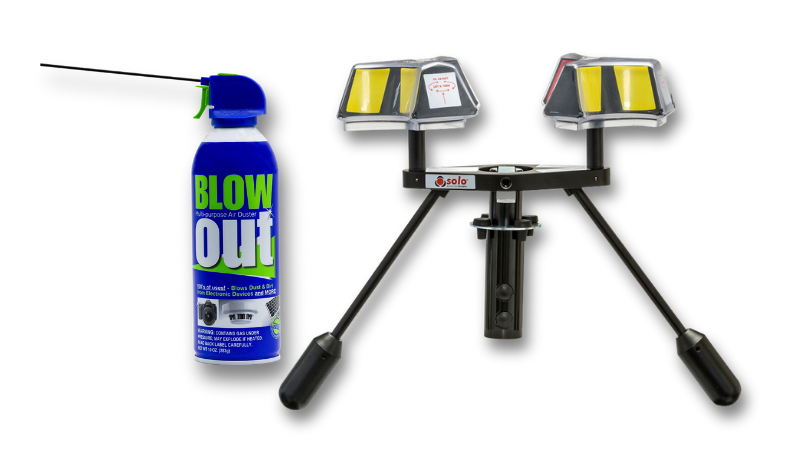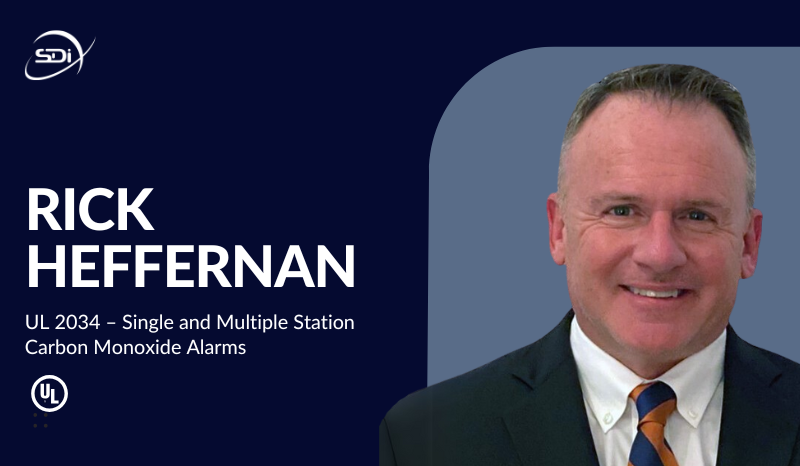
- Prevent False Alarms and Improve Safety with Regular Smoke Detector Cleaning
As a critical safety device, your smoke detector serves as the first line of defense, but like any piece of equipment, it requires regular upkeep to function effectively. Cleaning your detector is a straightforward but essential task that helps ensure it remains in top working condition when you need it most.
How Often Should You Clean a Smoke Detector?
The frequency with which you clean your smoke detector depends on several factors, but as a general guideline, you should clean your detectors at least twice a year. A good way to remember this is to clean your smoke detectors when you change your clocks for daylight saving time—this ensures you never forget.
Over time, smoke detectors naturally accumulate dust and debris from the air. This is especially true in areas with poor ventilation, construction dust, or high levels of indoor pollutants. Moisture in the air can cause dust and other particles to stick to the detector, which can interfere with its function. In these environments, cleaning your detectors every three to four months is recommended.
How Do You Clean a Smoke Detector?
Cleaning a smoke detector is straightforward, but it must be done correctly to avoid damaging the unit. If your smoke detector is mounted high on the ceiling or hard to reach, you’ll want to safely remove it using a Solo 200 Detector Removal Tool. This tool is specifically designed to help you detach smoke detectors from their mounting brackets without risk of damage.
Next, grab an air duster such as Blowout which makes it easy to quickly remove these contaminants, preventing any buildup that could affect performance. Blowout is gentle yet powerful, ensuring that sensitive components inside your detector are cleaned without damage. This will help maintain the sensor’s sensitivity and functionality.
Next, wipe down the exterior of the detector with a soft cloth or microfiber towel to remove any remaining dust and grime. Once cleaned, reinstall and your detector is ready to go.

What Are the Risks of a Dirty Smoke Detector?
Neglecting to clean your smoke detector can have serious consequences, both in terms of performance and safety. A dirty smoke detector is much more likely to fail when you need it the most. Here’s why:
- Reduced Sensitivity: Dust, dirt, and debris can block the sensor and interfere with its ability to detect smoke. This reduces the effectiveness of the alarm, which could delay your response time in the event of a fire.
- False Alarms: A buildup of particles in the detector can also lead to false alarms. Dust or residues might trigger the detector when there’s no real threat, leading to frustration and, in some cases, complacency—causing people to ignore or even disable their detectors.
- Premature Failure: A dirty smoke detector works harder to detect smoke, which can cause internal components to wear out faster. A buildup of grime can reduce the lifespan of the detector, meaning you may have to replace it sooner than necessary.
- Fire Safety Risk: Ultimately, the biggest risk of a dirty smoke detector is that it may fail to alert you in the event of a fire. The peace of mind that comes with knowing your smoke detectors are working properly is invaluable.
Cleaning your smoke detectors regularly is an easy, cost-effective way to ensure your safety equipment continues to work as it should. With the right tools—like Blowout for cleaning and the Solo 200 Detector Removal Tool for safe removal—you can keep your detectors functioning at their best.




